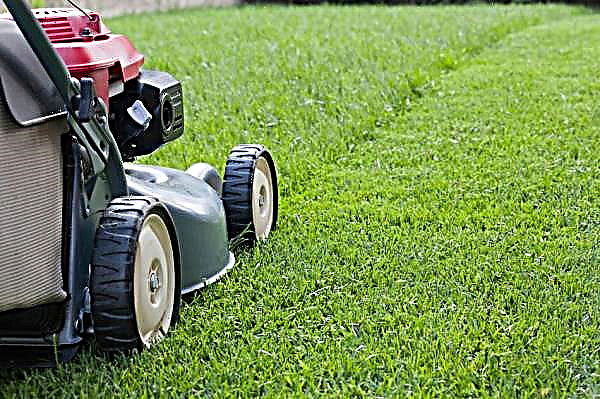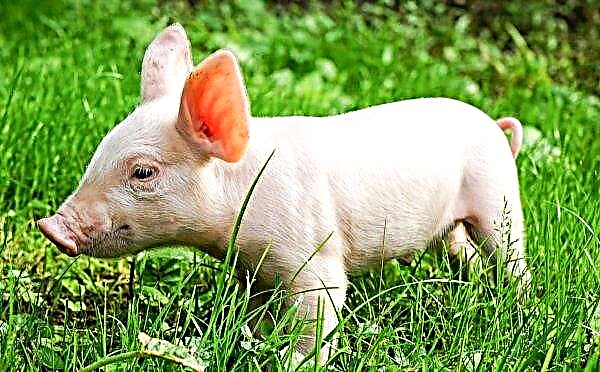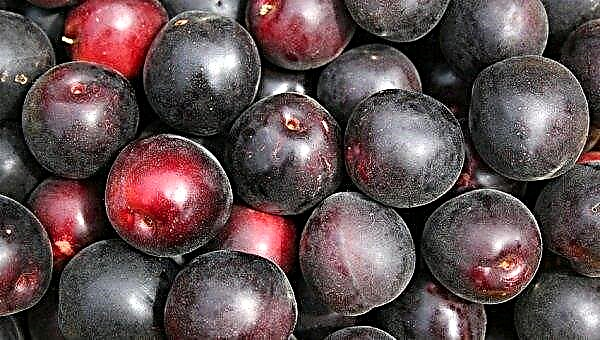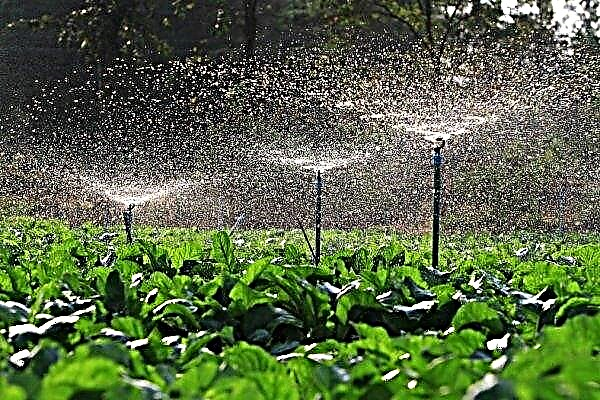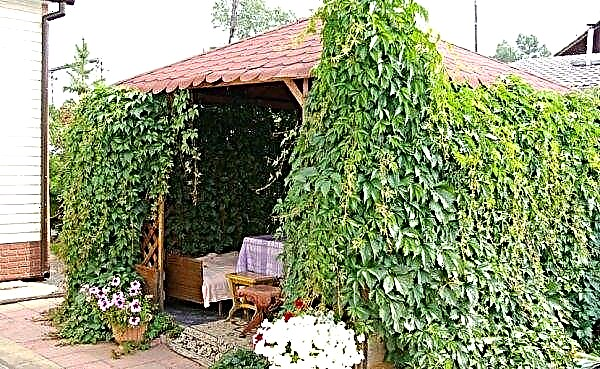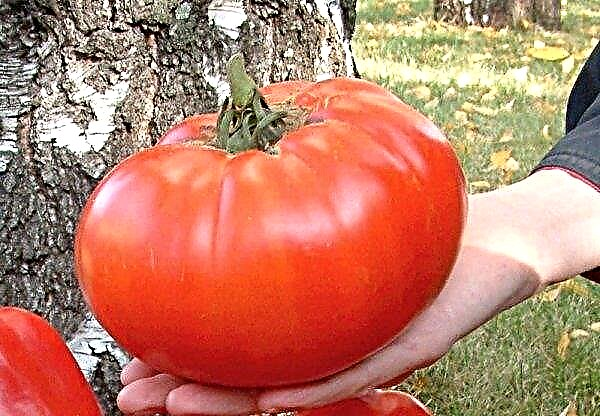Violet, or as it is also called senpolia, is a very delicate and sensitive plant that requires special attention. Her health directly depends on many circumstances and non-compliance with the rules for caring for a flower can harm him. An important component of proper care of violets is a correctly selected container in which this plant will develop. This will be discussed further.
The basic rules for growing violets
From the moment the senpolia appears in the house, the question immediately arises of how to care for this flower. There is no particular difficulty in growing and caring for violets, however, you must know and strictly observe certain key requirements:
- Choosing the place where the flower will be located. Violet is good in a bright place where direct sunlight does not fall on it and there are no drafts. The daylight hours of the flower should be 10-14 hours.
- Compliance with the temperature regime. Optimal year-round temperature range: +18 ... + 24 ° С.
- Air humidity. From 50-60% and above. It is recommended to put the flower pot in a tray with wet pebbles or expanded clay.
- Watering. Regular: twice a week or once a week and a half. Settled tap or boiled water at room temperature.
- Priming. Loose, light, breathable with an acidity of 6.0 to 6.5.
- Top dressing. During active growth once a decade.
Did you know? The first mention of violet dates back to 500 BC. e. in ancient Greece.
In which pots do you need to plant violets
Flower pots for violets, due to the characteristics of the flower itself, must meet certain requirements, the observance of which will further have a beneficial effect on its development. Consider the key capacity requirements for the senpolia:
Consider the key capacity requirements for the senpolia:
- The pot should not be large. Violet itself is a compact, small-sized flower and, accordingly, it does not require a large capacity.
- The pot should be squat. This form of capacity is determined by the peculiarity of the root system of the plant. The roots of violets do not grow in depth, but, on the contrary, tend outward. With the growth of the flower, the roots die from below, new ones grow in their place. The root system is constantly located on the surface - this way water and nutrients are more easily absorbed.
Features of choosing a pot
When choosing a pot suitable for violets, you need to know which containers are needed for the senpolia. Otherwise, being in an uncomfortable flowerpot, a plant may become ill, stop flowering and even die.
Important! The fundamental rule for selecting a pot for violets is the following: the diameter of the upper edge of the container should be three times less than the diameter of the rosette of the leaves.
Therefore, when choosing a pot, the main parameters of the container, in which the violet will be comfortable, should be considered. These are the dimensions and the material from which it is made. Let us dwell on this in detail.
Video: the perfect pot for violets
Depth and Dimensions
The necessary depth and size of the flowerpot are determined based on the size of the flower itself. But there are general recommendations for capacity parameters.
Here they are:
- For large and spreading specimens, a container with a diameter of 9 cm and a volume of 300 ml is required.
- For medium-sized flowers - with a diameter of 7 cm and a volume of 200 ml.
- For miniature flowers - with a diameter of 5 cm and a volume of 75-100 ml.
 As for the depth of the pot, it should be equal to its diameter.
As for the depth of the pot, it should be equal to its diameter.Production material
Along with the size of the container, the material from which this container is made plays an equally important role in the successful cultivation of violets. After all, the raw material from which the pot or planter is made affects the plant in a certain way.
Among the many diverse raw materials, we will pay attention to the following:
- Ceramics. A very common option. Violet feels good in such a pot. Ceramic pots are glazed and not coated with glaze. In the first case, external aesthetics remain longer, in the second - there is a risk that over time the pot will begin to crumble. However, such a pot has good breathability, which most beneficially affects the plant.

- Clay. Also very popular among gardeners. Its advantages: good ability to pass air, which allows the flower to grow at full strength, preventing the onset of pests or the occurrence of plant diseases.

- Plastic. It is characterized by durability, lightness and flexibility, the ability to maintain color for a long time. At the same time, it is not able to pass air. It is necessary to look for containers with ready-made drainage holes or do them yourself.

How to make a pot for violets with your own hands
For those who like to make something themselves, as well as for those who, for one reason or another, do not want to buy a capacity in stores, we’ll tell you a simple way to make a pot for Saint-Petersburg yourself.
Did you know? Violet is not only beautiful, but also a useful flower — releasing phytoncides into the air, it kills pathogenic bacteria.
To do this, you will need:
- Scissors.
- Stationery knife.
- Marker (felt-tip pen).
- Stapler.
- Ruler.
- Sour cream plastic cup.

Procedure:
- Using an office knife, clean the outside of the cup. Stickers can be easily removed, the printed label is carefully scraped off. The result should be a completely white tank.
- Using a ruler, measure 6 cm from the bottom of the glass and mark with a marker on the outer circumference with an even strip. It would seem to divide the capacity into two halves.
- Cut the glass with a knife in a strip, then with scissors cut it into two parts.
- Cut the upper cut off annular part with scissors, as if breaking a ring.
- Insert the cut portion inward into the remaining cup until it stops. The edges of the “ring” inside the cup will go into a small “overlap”. Mark the size of the “overlap” and, having removed the annular part from the container, cut off the excess.
- For control, put the “half-ring" in the glass - the workpiece should lie flat.
- Fasten the structure with a stapler. The nuances of fastening: staples with sharp edges inside the cup; fasten the first bracket to the side of the glass opposite the cut, the second and third staples to the left and right of the cut. The result is a durable pot that you can take with your hands without fear of crushing it.
- Make a drainage hole in the bottom of the pot.
- Use a damp cloth to remove traces of the marker.
The life of such a pot is about six months.
How to plant violets in a pot?
Having told in detail about flower pots for violets, then we will talk about how to plant these beautiful flowers in pots. As a starting material for planting, you can purchase a rooted plant in a specialized store. It is better to buy in the spring, when the plant has healthy roots and it is easier for it to take root. The further algorithm of actions is as follows:
The further algorithm of actions is as follows:
- Cover the bottom of the corresponding pot with a layer of expanded clay. Thus, drainage will be created.
- Carefully remove the flower from the container in which it is rooted. In this case, soil from the roots can not be shaken off - this can harm the root system of the plant.
- Carefully inspect the plant, remove the lower leaves, and in addition, dried, spoiled or diseased leaves.
- Pour the prepared or pre-purchased (which is desirable) substrate into the selected pot and make a small hole in the center.
- Place the flower in the recess, but so that the roots are not too deep, sprinkle with soil and gently press it to the roots.
- To water.
Further flower care
Subsequent care of a flower planted in this way is not particularly difficult.
Important! The main thing when planting a violet is to find the optimal point of its deepening.
However, the key points to take care of a very young flower should be noted:
- The flower should be in a well-lit place, but without direct sunlight.
- For good violet growth, lighting with a fluorescent lamp is recommended. The lamp should be located so that from its bottom to the top of the container with a flower is 15–25 cm.
- In order for the flower to form a symmetrical rosette, you should rotate the plant in a circle 90 ° 2-3 times a week.
- Fertilizers are applied during the formation of buds and at the end of flowering.
 A properly selected pot for violets is a reliable basis for its health and active development. Skillfully selected capacity along with proper care will provide all the necessary conditions for a long flower life.
A properly selected pot for violets is a reliable basis for its health and active development. Skillfully selected capacity along with proper care will provide all the necessary conditions for a long flower life.




